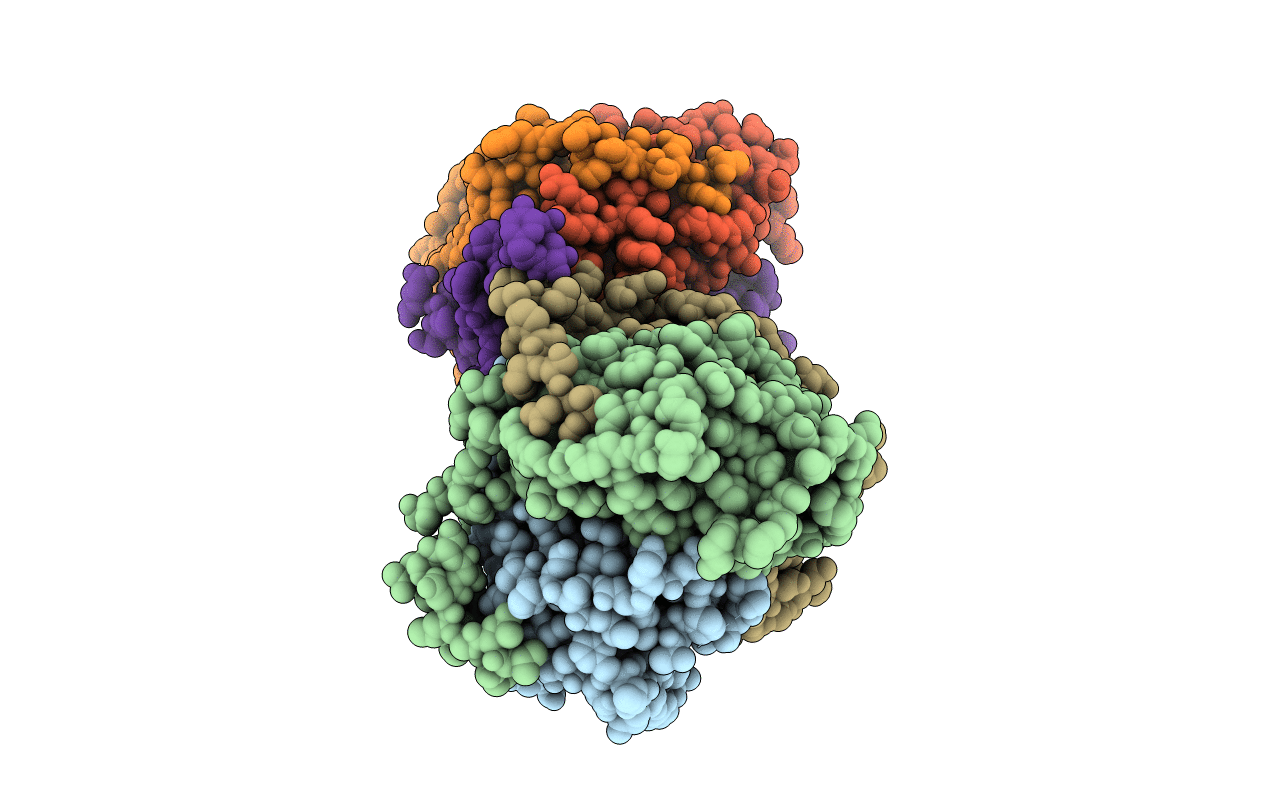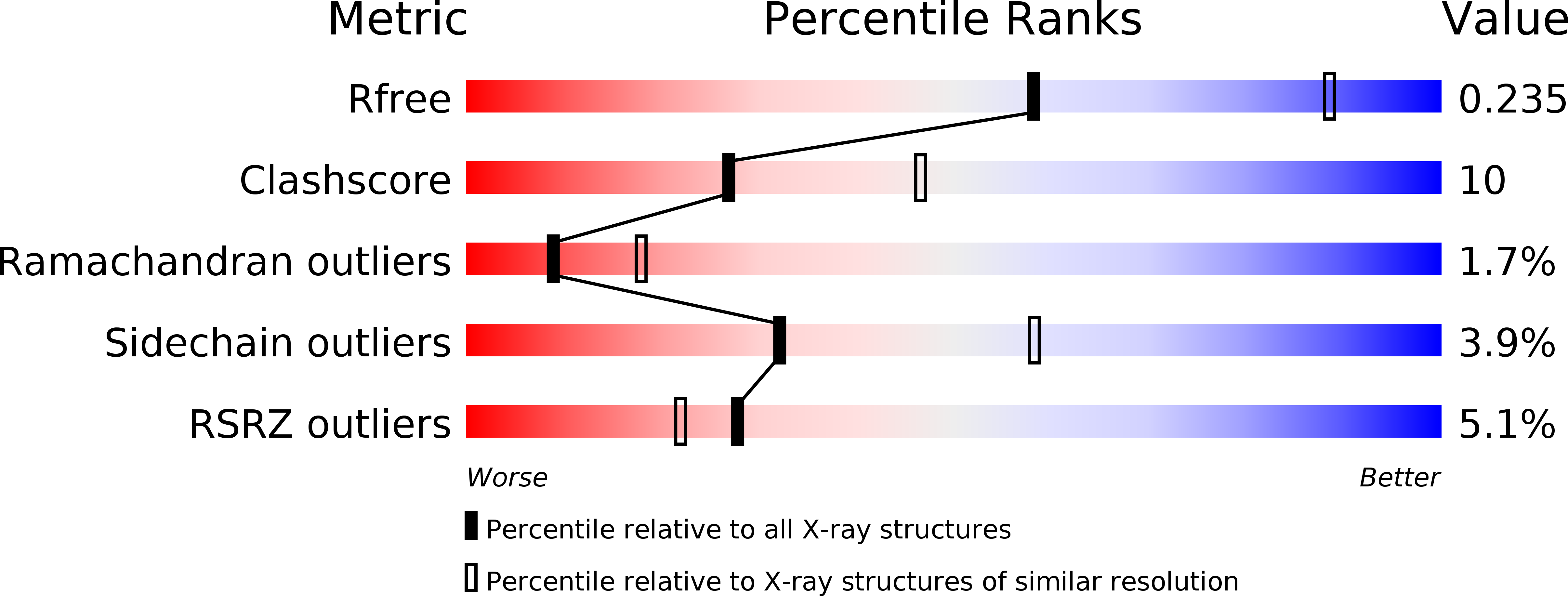
Deposition Date
2019-04-23
Release Date
2020-04-29
Last Version Date
2023-10-11
Entry Detail
PDB ID:
6OOC
Keywords:
Title:
Structure of the pterocarpan synthase dirigent protein GePTS1
Biological Source:
Source Organism:
Glycyrrhiza echinata (Taxon ID: 46348)
Host Organism:
Method Details:
Experimental Method:
Resolution:
2.60 Å
R-Value Free:
0.23
R-Value Work:
0.19
R-Value Observed:
0.19
Space Group:
P 31 2 1


